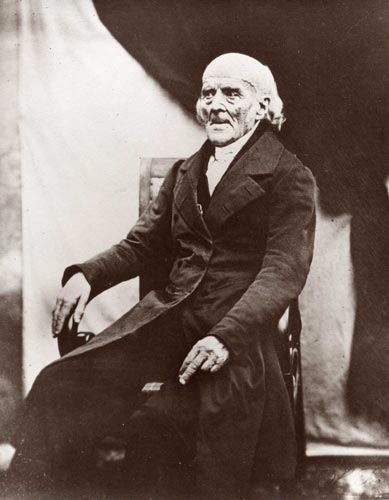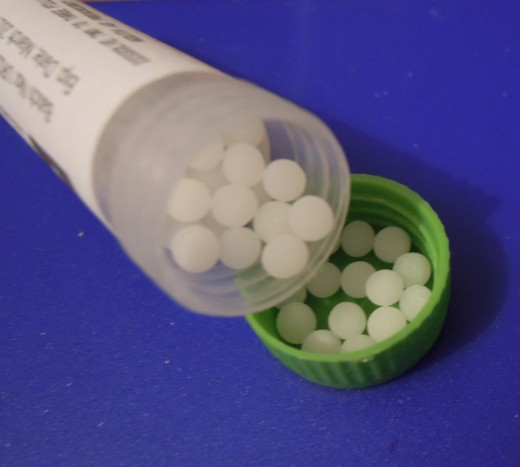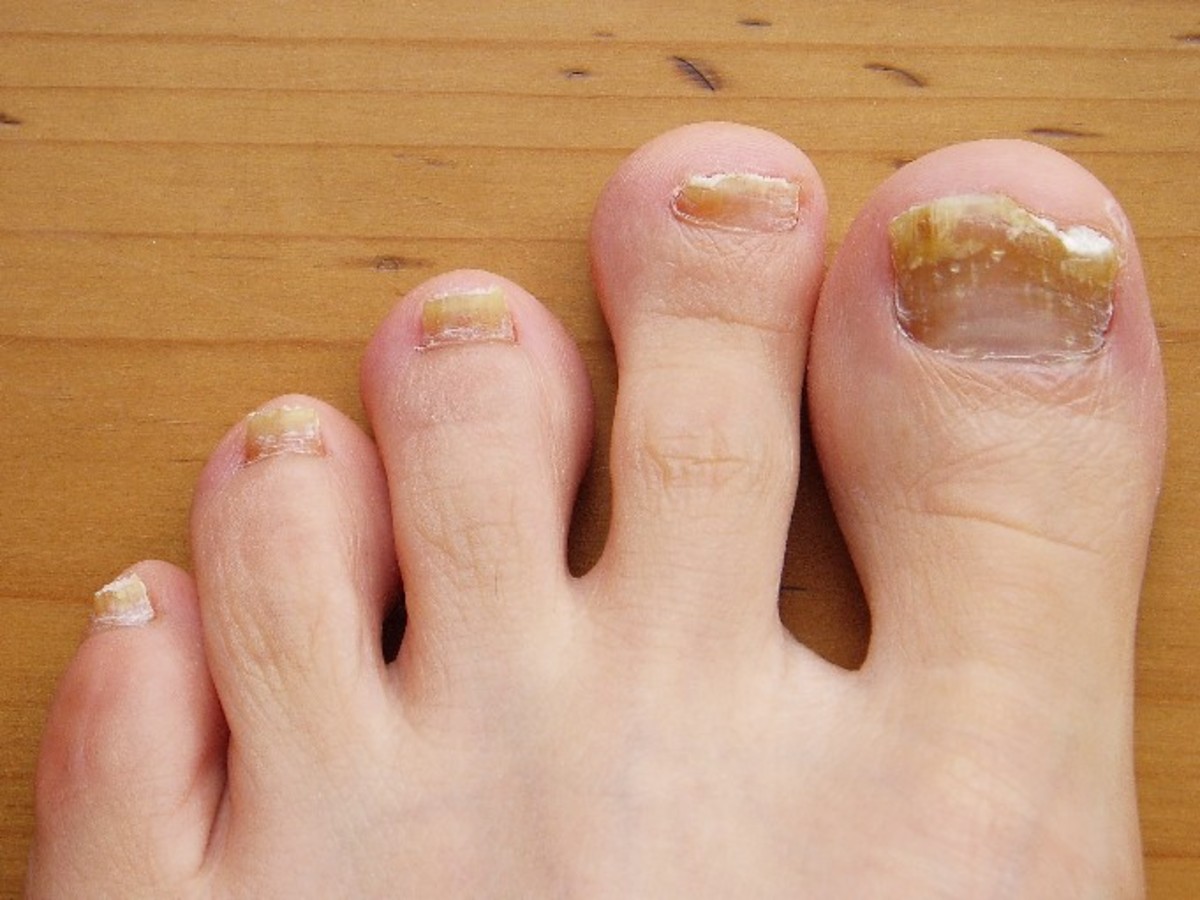An Introduction to Using Homeopathy

A brief history of homeopathy
Homeopathy is a system of alternative medicine that was developed by Samuel Hahnemann (1755-1843). It is based on the theory that if a substance is able to produce symptoms in a person, it can also be used to cure them when they present as part of an illness, disease or other medical condition. This principle is also known as ‘like cures like’ and was also written about much earlier in history, by the Greek physician Hippocrates. He believed that disease was causes by natural forces rather than some divine influence.
Samuel Hahnemann was born in Dresden in Germany in 1755. Although his family were not wealthy they ensured that he received a good education. He studied chemistry and medicine at Leipzig, Erlangen and Vienna Universities. At the age of 24 Hahnemann qualified as a medical doctor and began treating patients. He also spent time writing and translating articles on chemistry and medicine. During his years working as a doctor he often felt disillusioned with the methods commonly used, finding them unsatisfactory, dangerous or unsuitable for the patient they were intended to treat.
In 1789 while translating a book by William Cullen, Hahnemann came across some information that he felt could not be correct but greatly interested him. The text stated that quinine was an excellent treatment for malaria despite the fact that is not as strong as other less successful treatments.
He decided that he would test the theory by experimenting with taking the substance himself and carefully recording the effects and results. Sure enough as he took the doses of prepared quinine he started to show symptoms of malaria which lasted for several hours before then clearing up. If he did not take any quinine, the symptoms did not occur at all. He called this proving and believed that it illustrated the fact that if a substance causes a symptom in a healthy person, it can be used to cure that same symptom as part of illness of disease.
After further research and tests he started to prescribe his new remedies to patients but found that there were often problems and undesirable effects. Hahnemann felt that diluting the remedies would help but discovered that this also removed the therapeutic benefits. While investigating this he discover that shaking the diluted remedy vigorously removed the harmful or undesired affects without removing the good. This is known as potentization and is a very important basic principle of homeopathic medicine.
Samuel Hahnemann continued to develop and use his homeopathic remedies and taught his new methods to other doctors. Homeopathy soon spread across Europe and was used to help treat and sure many people during some of the worst epidemics of the time. This success led to even greater growth of the treatments and it was used by many wealthy and influential people, including royalty.

The use of homeopathy today
Homeopathy has continued to grow in popularity and can provide effective and safe treatment for a huge range of medical needs. It is ideal for babies and children or the elderly and weak due to its incredibly gentle nature. This effective and gentle remedy can also be used during pregnancy and breastfeeding as well as during and after labour. The World Health Organisation estimates that around 500 million people in countries all over the world use homeopathy in treating illness.
Choosing homeopathic remedies
Conventional medicine has a one medicine fits all approach and focuses on removing or supressing whatever symptoms are troubling the person at the time. This fails to look at any possible underlying causes and may not truly heal the body. In fact in some cases merely suppressing symptoms can make it harder for the body to heal and even conceal more serious problems that may not be discovered until they have worsened considerably.
Homeopathic remedies are prescribed by looking at the person as a whole as well as the troubling symptoms. This involves gather as much information about the person as possible including physical, mental and emotional states, pain, discomfort, personality type and their reactions to how they are feeling. Because of this homeopathy is a very individualised form of medicine, although there are some remedies that are general considered to benefit the majority of people in many situations such as first aid. Examples of these are arnica for bruises, pain or shock.
Once an appropriate remedy has been decided upon it is given in the smallest dose that is possible. This is because the intention is to stimulate the body’s own healing abilities rather than override these. If improvement is seen further remedy is only given if this stops before a full recovery has been made. Giving more remedy than is needed will not speed up recovery or be more effective. Generally within homeopathy only one remedy is given at once.

A note regarding allergies and special circumstances
Although the amounts of lactose contained in homeopathic pillules is very small care should be taken when giving them to anyone who has an intolerance to lactose or who is vegan as they may prefer to use a sucrose only or liquid version. When using liquid remedies that have been preserved using alcohol attention should be paid to how the alcohol was made. Many are made using grains meaning that they are unsuitable for those who suffer from gluten and grain intolerance or allergies.
What are homeopathic remedies and how are they given?
Homeopathic remedies are made from a variety of substances such as plants, minerals and in some cases animal sources. They are listed in what is known as materia medicae (medical matter), most commonly in alphabetical order occurring to their Latin names. Additional information that may also be written includes the remedies common name, origin, a description and the healing properties that the substance possesses.
Each remedy is carefully created by repeatedly diluting small amounts of the original substance. With each dilution the remedy is also shaken, this is known as succession. By the time a remedy is ready to been taken by a patient it may have been diluted and succussed a great number of times, however this does not diminish its healing value. Homeopathic remedies can be taken orally or used topically depending on the need of the person taking it.
The most common way to buy and use homeopathic remedies is as small pellets sometimes known as pillules. These are made using sucrose, though can sometimes contain lactose. Stored correctly these pillules have a long shelf life. These should be handled as little as possible and many people suggest tipping the required number of pills into the containers lid and then tipping them into the patient’s mouth. Care should be taken that their lips do not touch the lid and that he remedy is allowed to dissolve naturally rather than being swallowed. Remedies can also be given as a clear liquid that can be dispensed using a dropper. The liquid used is usually distilled water and around 20% alcohol to add in preservation. Liquid remedies only need to be taken in small amounts, a few drops should be sufficient and also have a long shelf life when stored well.
It is thought that certain substances can have a negative and inhibiting effect on homeopathic remedies. Due to this coffee, mint, camphor, menthol and eucalyptus in all forms should be avoided for a least half an hour before and after taking the medicine.
© 2015 Claire








